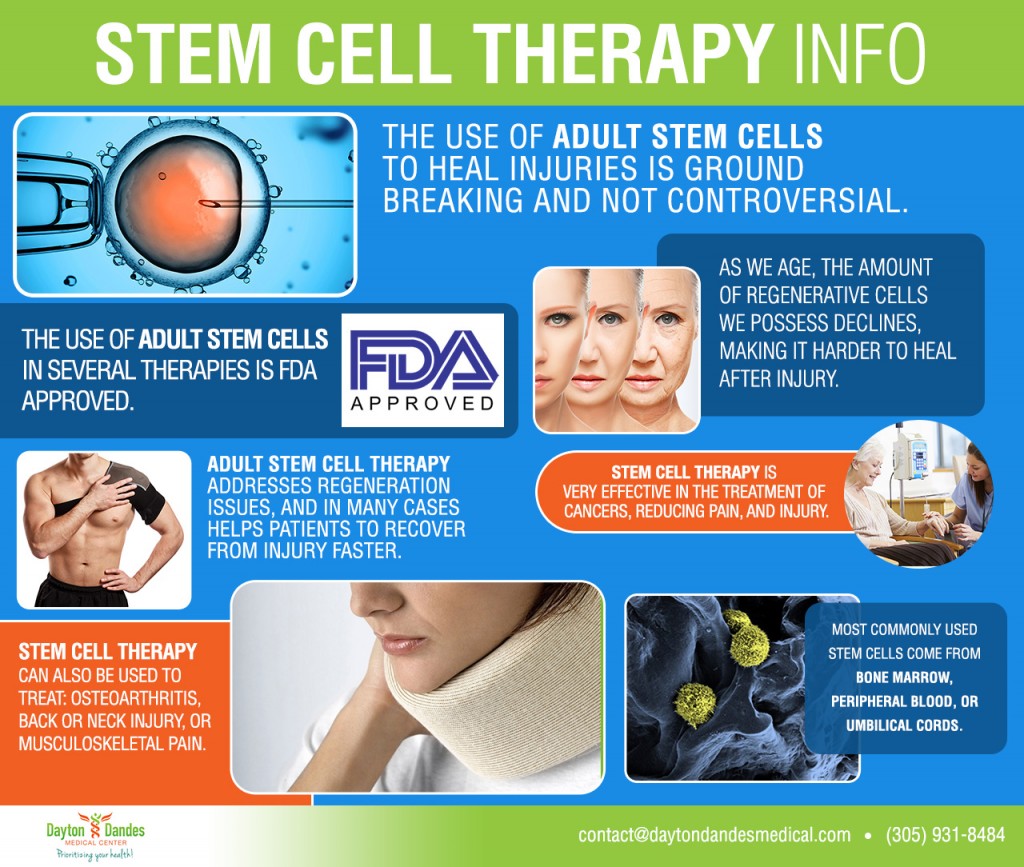
How does Hyperbaric Oxygen Therapy (HBOT) stimulate stem cell proliferation?
Stem Cell Proliferation
Hyperbaric Oxygen Therapy (HBOT) has been used for over a century to treat almost all types of injuries, such as stroke, cerebral palsy, gangrene, and non-healing wounds. In addition to oxygen’s ability to stimulate healing when pressure is used to get it to saturate tissues and organs, recent clinical and university studies have shown that HBOT supports the body’s production and mobilization of a very biologically versatile and potent stem cell in the bone marrow called “mesenchymals”. These then respond to biochemical signals produced by injured, ischemic (poorly oxygenated) and inflamed tissues by traveling to them, engrafting, and then secreting growth factors that promote healing and restoration (These tissue generated signals also activate stem cells in the diseased or damaged tissue although sometimes the damage or disease processes overwhelm the ability of the activated stem cells to replace or assist existing cells).
Oxygen works on stem cells in several different ways: in addition to mobilizing mesenchymals (MSC’s), it assists stem cells by inducing the production and secretion of placental growth factor (PGF) which stimulates the growth of new blood vessels from existing ones and the formation of new blood vessels.
Two hours of HBOT at 2 ATA (atmospheres absolute) has been shown to double the amount of circulating stem cells in a person’s body in at least one study, while 40-60 hours of hyperbaric oxygen exposure (20 treatments x 2 hours) is purported to increase stem cells by 800%! This great because as we age our bodies begin to lose the ability to naturally produce a sufficient number of stem cells to keep pace with maintenance & healing activities. HBOT is the safest, most effective way to stimulate stem cell proliferation and is likely far safer than any pharmaceutical treatment option.
HBOT not only supports stem cell production & mobilization, but it also:
- Helps with fighting infections – A fully oxygenated body is better able to eradicate anaerobic (“living without air”) bacteria, and will also enhance the effectiveness of some antibiotics.
- Oxygenates ischemic tissue – Breathing oxygen under pressure dissolves O2 into blood plasma which carries it to every tissue and organ, which means parts of the body that have a compromised blood (and thus oxygen) flow get sufficient oxygen.
- Promotes “off gassing” – By breathing 100% oxygen under pressure, toxic gases like carbon monoxide are forced out of the blood stream which greatly reduces the damage done by them.
- Promote vasoconstriction – Hyperbaric treatments causes the blood vessels that make up the circulatory system to constrict, while still delivering sufficient amounts of oxygen, which helps reduce edema and inflammation.
- Promote new blood vessel formation – Hyperbaric Oxygen Therapy induces the production of growth factors in stem cells (and their secretion) which causes them to become cell types that help form new blood vessels.
- Helps regain compromised or lost neurological function – Hyperbaric Oxygen Therapy stimulates blood flow, metabolism, and the generation of new tissue in people with brain injuries. This process reawakens poorly functioning or dormant cells surrounding a diseased or injured area.